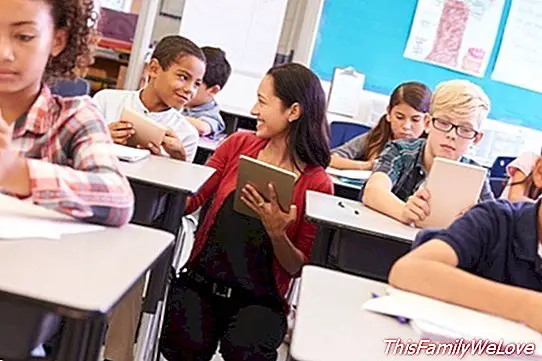The success of motivating with new technologies in the classroom

With the objective of integrate technology In pedagogical objectives, it is essential to know the resources that teachers have to motivate students in the classroom, something that is being achieved through the use of new technologies.
A study carried out by BlinkLearning, a technological company specialized in the development of solutions for education, has published the results of the III edition of its study on the use of technologies in the classroom. The report has had the participation of more than 1,000 teachers currently working in private schools, public and arranged in Spain, in educational stages ranging from children to baccalaureate, mainly.
The study shows how, for teachers, the main challenges of education are to achieve greater motivation of students in the classroom (55.84%), greater consensus in educational legislation material (36.84%) and training of the teachers (32.61%). As in previous studies, the training of educators and the motivation of students, in relation to the use of new technologies in the classroom, are again key.
New technologies and student motivation
For 80% of teachers, the main advantages of using technologies have been access to a greater number of contents and resources, but also, and according to 66%, the motivation they generate in the classroom. Thus, more than 83% of respondents indicate that the motivation of children increases in class the greater the use of technology, in fact they go further; 70% of respondents say that the use of tablets as a support
to learn, improves performance in personal study. For more than 85% of teachers new technologies allow them to be more connected and in line with the current needs of their students.
More than 66% of respondents also claim to use new technologies on a daily basis, while 23% do so several times a week. Laptops and PC * S (60.60%), tablets (35%) and digital boards (28.76%) are the most used devices in schools.
On the acceptance of parents of the use of new technologies in the classroom, 50% say it is very high. With this reality, the use of ICT leads to an implicit change for teachers
in the work methodology.
According to Gonzalo Baranda, general director of BlinkLearning: "the educators coincide in pointing out in the study that arrived at this point of integration of new technologies in the classroom, the challenge for the new course is to align the tools with the pedagogical objectives under the premise that technology does not replace the educational model, but complements it ".
Academic deficits and duties
Teachers have also identified in the study the main academic deficits of students today, such as reading comprehension (68.65%), difficulty applying what
they learn in other contexts (57.3%) and learn for themselves (51.38). In this context, 70% have defended the need to send homework as a training and improvement of the competences and contents learned in the classroom and a habituation of study to favor their competence and independence.
Marisol Nuevo Espín
It may interest you:
- How to take advantage of new technologies to interact with teachers
- New technologies, increasingly present in the classrooms
- 6 ICT challenges in educational innovation
- Parents and new technologies. Do you preach by example?




